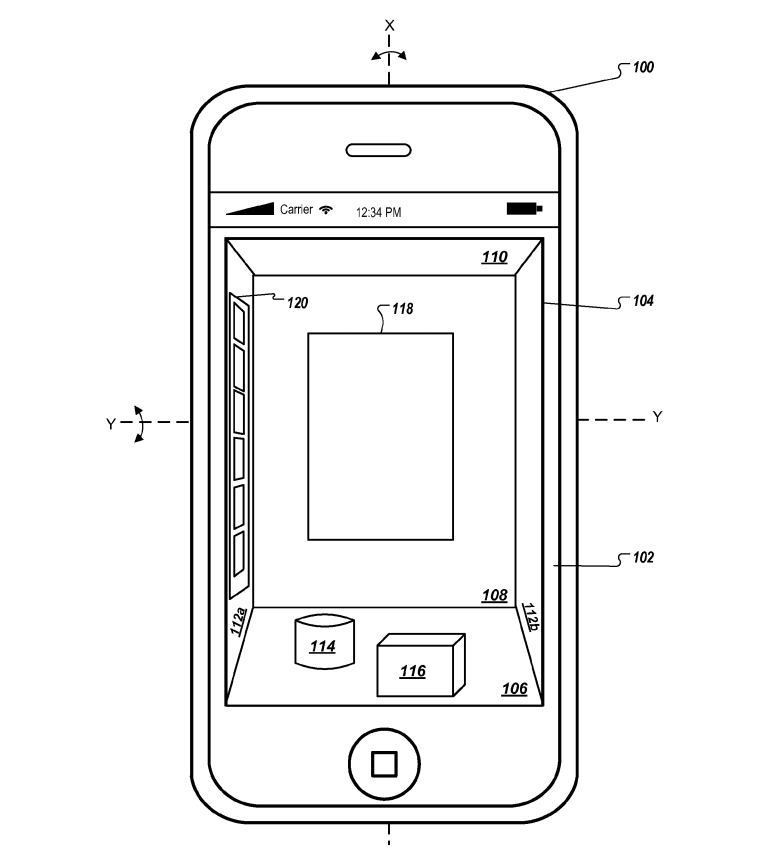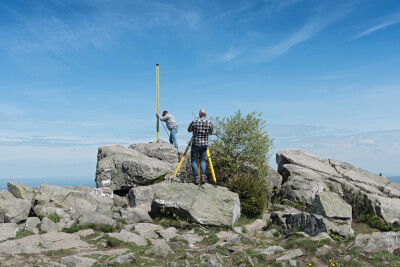If you don’t follow Apple AND you live under a rock, you might not have noticed that the company has just secured two 3D patents.
 Let’s start with the first, a patent for a 3D display that looks quite a bit like the one Amazon put into their Amazon Fire phone. The screen will orient the displayed image according to the angle at which you are viewing the phone. In this way, it will be able to imitate a 3D image.
Let’s start with the first, a patent for a 3D display that looks quite a bit like the one Amazon put into their Amazon Fire phone. The screen will orient the displayed image according to the angle at which you are viewing the phone. In this way, it will be able to imitate a 3D image.
You may remember that Amazon Fire didn’t do very well on the market (do you know anyone who owns one?), but that doesn’t mean Apple’s implementation won’t catch on. As Venturebeat notes, “Reactive 3D display was one of the highlights of the Amazon Fire phone, and has shown up in other Android phones in the past. The feature hasn’t been popular so far, as no compelling application has been discovered for mobile devices.”
That is, it is still a solution in search of a problem.
Apple’s second patent, however, seems very much like the next incremental step toward solving a problem that already exists. How do we get 3D scanning in the hands of every person? Put it in an iPhone.
As reported by TechCrunch, “Apple has begun to transfer intellectual property over from PrimeSense, the Israeli firm it acquired last year. The company was a key partner to Microsoft, which licensed its tech to create the Kinect 3D motion sensing camera, which allows users to interact with Xbox and PC via gesture control.”
More (many more) technical details are available at AppleInsider.

It’s certainly not new technology, as we’ve seen structured-light scanning in recent handheld devices made available to developers, for example Mantis Vision’s Aquila Tablet.
However, that doesn’t mean Apple releasing its first 3D device won’t affect the development of 3D technology in general. They may intend to use this technology for something relatively mundane like recognizing hand gestures to control your devices (OK, maybe it’s not THAT mundane), but they’ll be releasing it to a wide community of users. And, as I always say, the more people who have access to the technology, the more surprising places it will take us.





